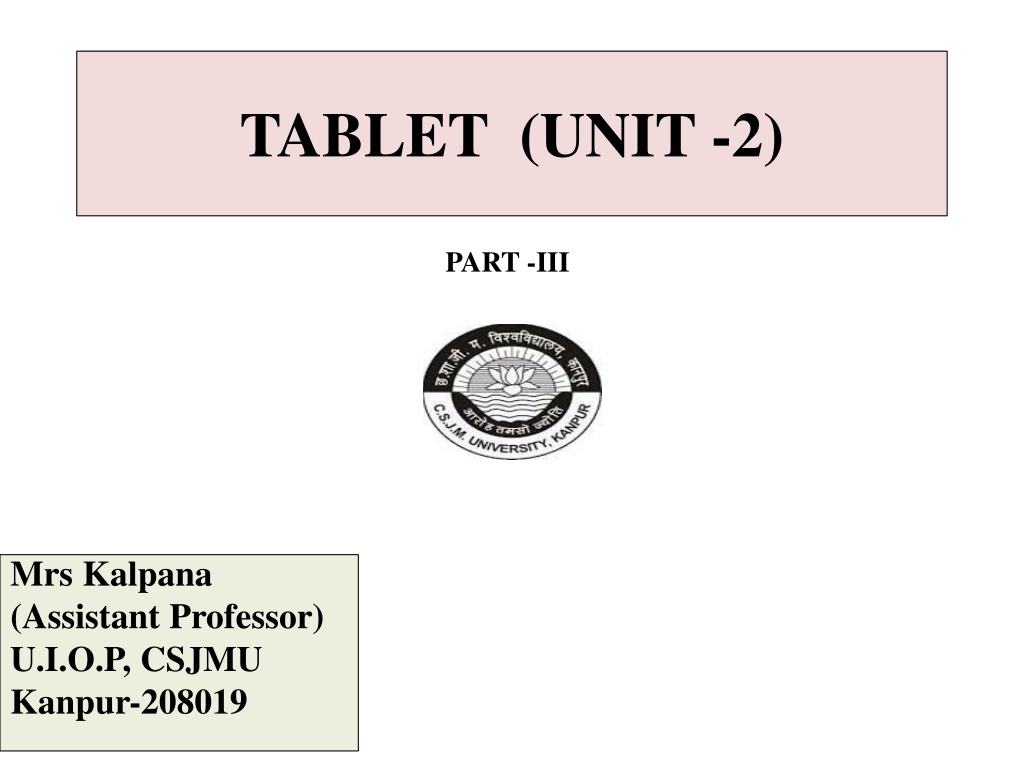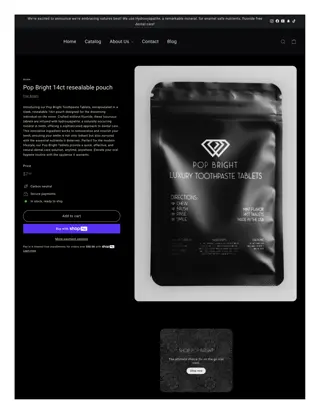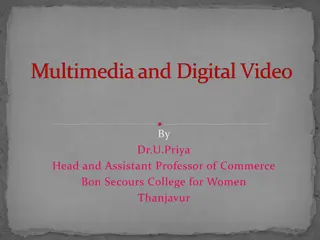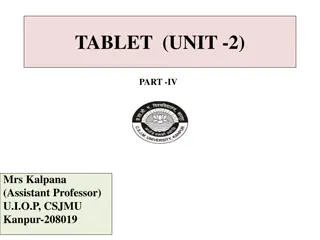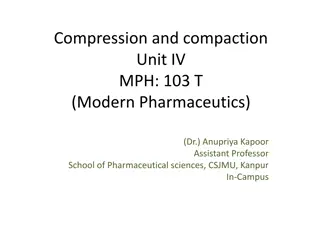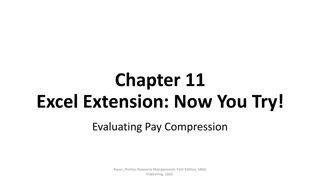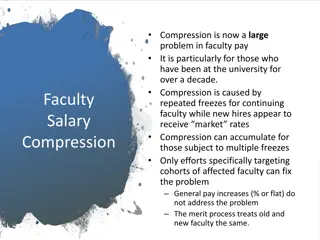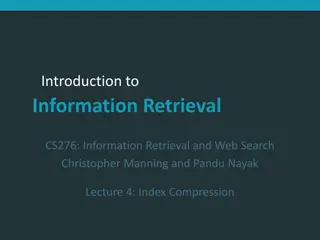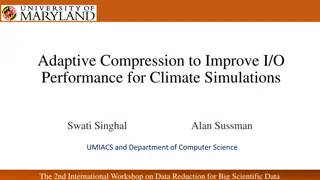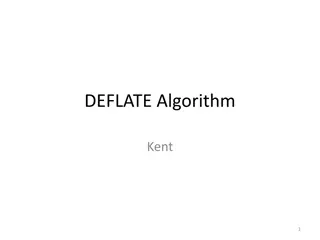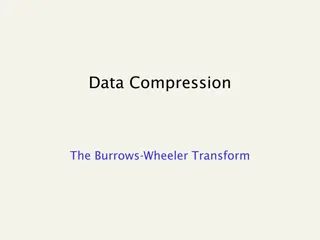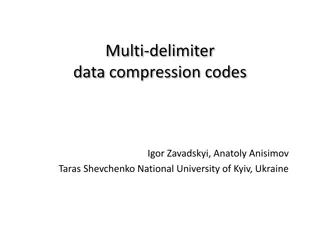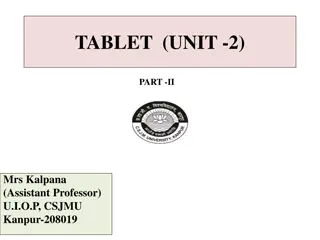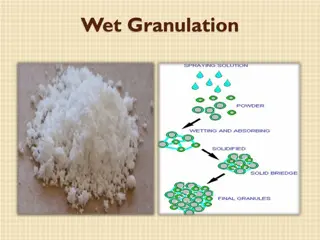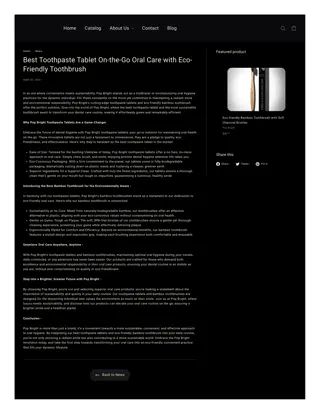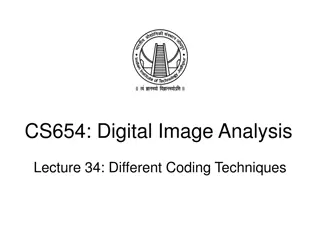Understanding Tablet Compression Machine Process
The process of tablet compression involves filling, compression, and ejection of granules to create tablets. Different types of tablet machines, such as single punch and multi-station rotary presses, are used in the process. Components like hoppers, dies, punches, cam tracks, and feeding mechanisms play essential roles in the tablet compression procedure. The working of a compression machine is detailed, including the actions of upper and lower punches in creating tablets.
- Tablet Compression
- Tablet Machines
- Tabletting Procedure
- Pharmaceutical Industry
- Manufacturing Process
Download Presentation

Please find below an Image/Link to download the presentation.
The content on the website is provided AS IS for your information and personal use only. It may not be sold, licensed, or shared on other websites without obtaining consent from the author. Download presentation by click this link. If you encounter any issues during the download, it is possible that the publisher has removed the file from their server.
E N D
Presentation Transcript
TABLET (UNIT -2) PART -III Mrs Kalpana (Assistant Professor) U.I.O.P, CSJMU Kanpur-208019
TABLETTING: COMPRESSION Tableting procedure Filling Compression Ejection Tablet compression machines Hopper for holding and feeding granulation to be compressed Dies decides the size and shape of the tablet Punches to compress the granules within the dies Cam tracks for guides the movement of the punches Feeding mechanisms to move granules from the hopper into the dies
Types of Punching Machine Single punch machine The compression is applied by the upper punch Stamping press
Multi-station rotary presses The head of the tablet machine that holds the upper punches, dies and lower punches in place rotates As the head rotates, the punches are guided up and down by fixed cam tracks, which control the sequence of filling, compression and ejection. The portions of the head that hold the upper and lower punches are called the upper and lower turrets The portion holding the dies is called the die table The pull down cam guides the lower punch to the bottom , allowing the dies to overfill. the punches then pass over a weight-control cam (E) , which reduces the fill in the dies to the desired amount
A swipe off blade (D) at the end of the feed frame removes the excess granulation and directs it around the turret and back into the front of the feed frame.
Tablet Compression Machine Hopper: for holding and feeding granulation to be compressed Dies:That decides the size and shape of the tablet Punches: for compressing of granules within the dies Cam tracks: for guiding the movement of the punches Feeding mechanisms: for moving granulation from the hopper into the dies .
Working of compression machine The upper punches enter a fixed distance into the dies, while the lower punches are raised to squeeze and compact the granulation within the dies After the moment of compression, the upper punches are withdrawn as they follow the upper punch raising cam (H) The lower punches ride up the cam (I) which brings the tablets flush with or slightly above the surface of the dies The tablets strike a sweep off blade affixed to the front of the feed frame (A) and slide down a chute into a receptacle At the same time, the lower punches re-enter the pull down cam (C) and the cycle is repeated
Recent equipments has been principle modifed from earlier equipment as a result there is an increase in production rate Tablet Production rate is regulated by: Number of compression stations Number of tooling sets Rotational speed of the press Special adaptations of tablet machines allow for the compression of layered tablets and coated tablets A device that chills the compression components to allow for the compression of low-melting point substances such as waxes i.e. suppositories
